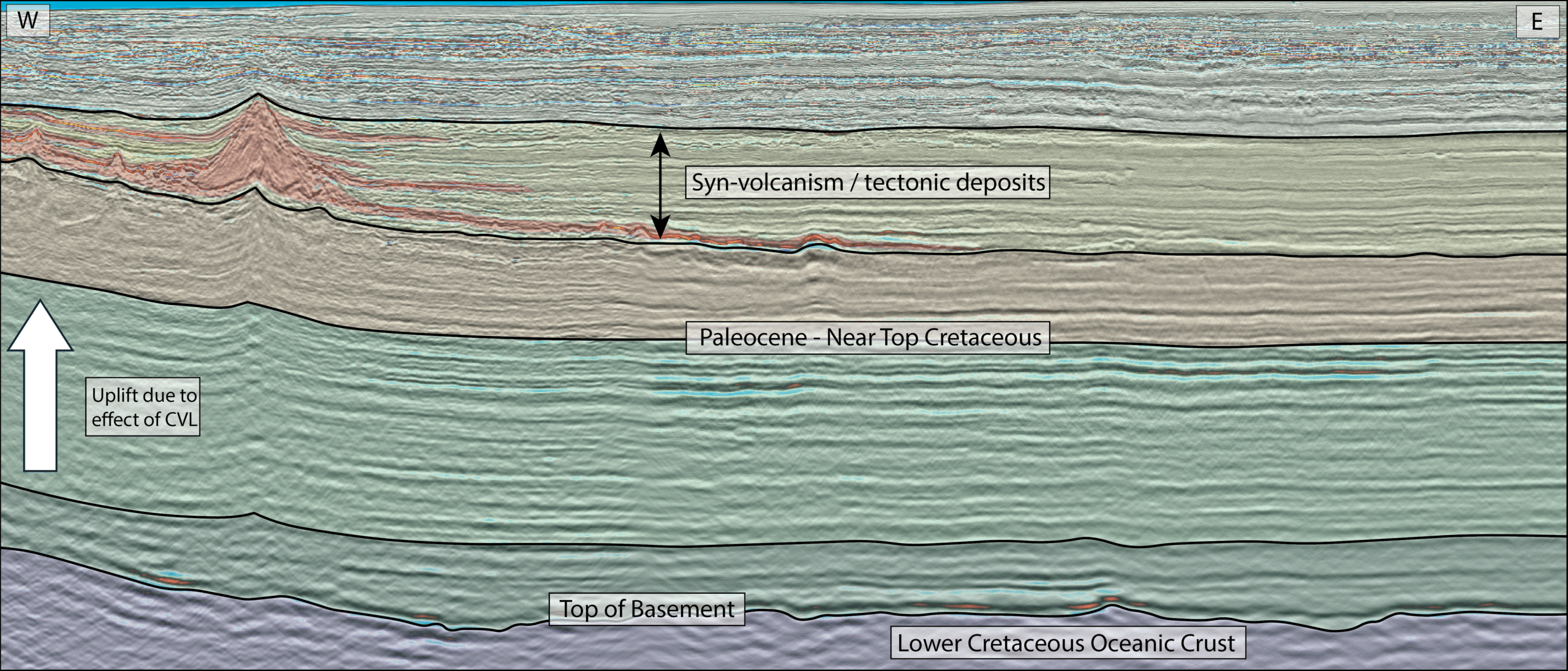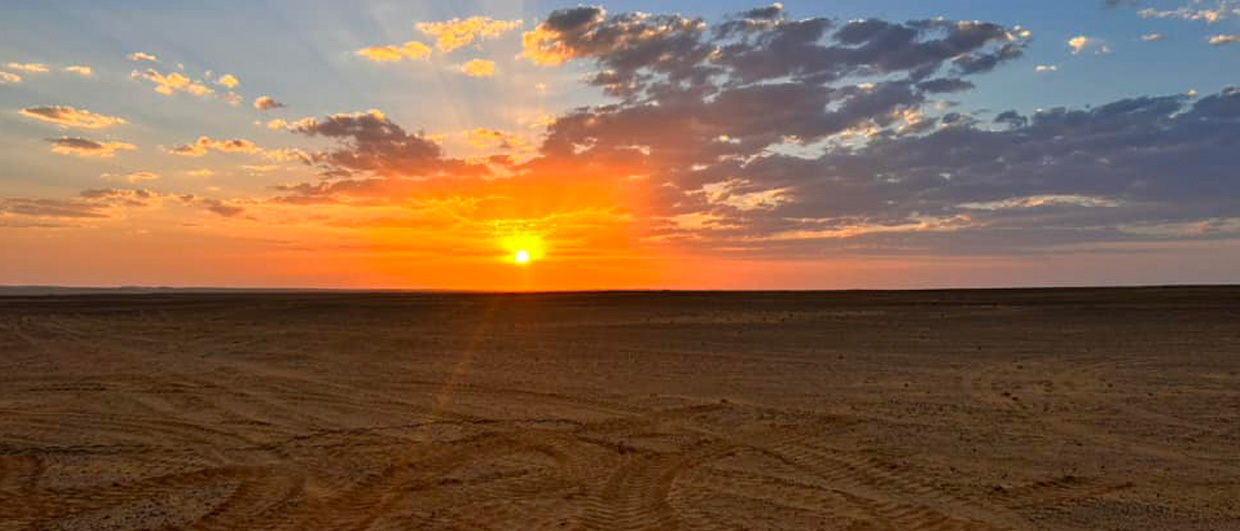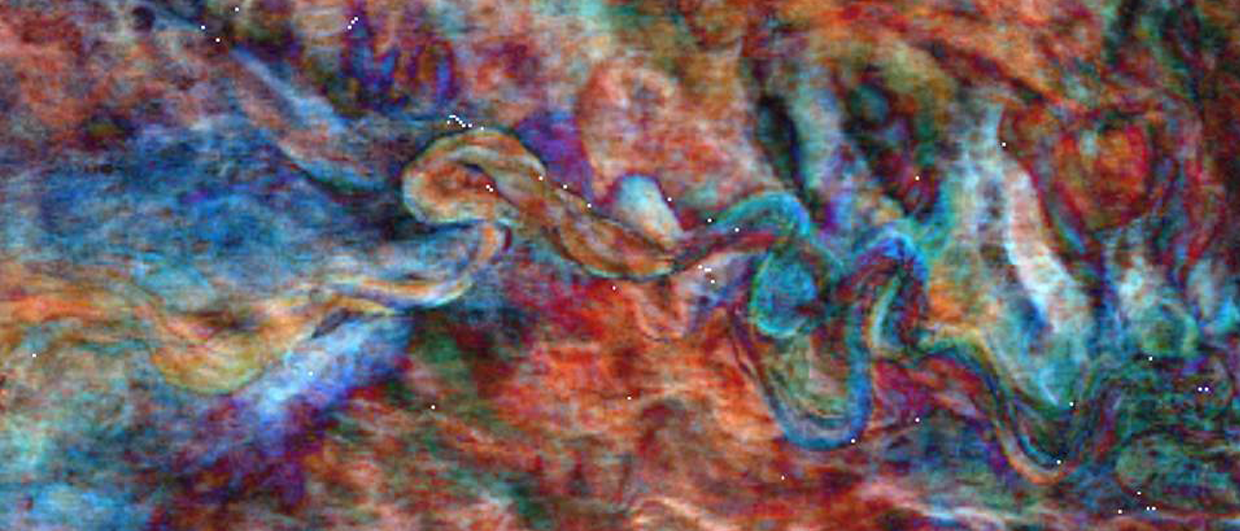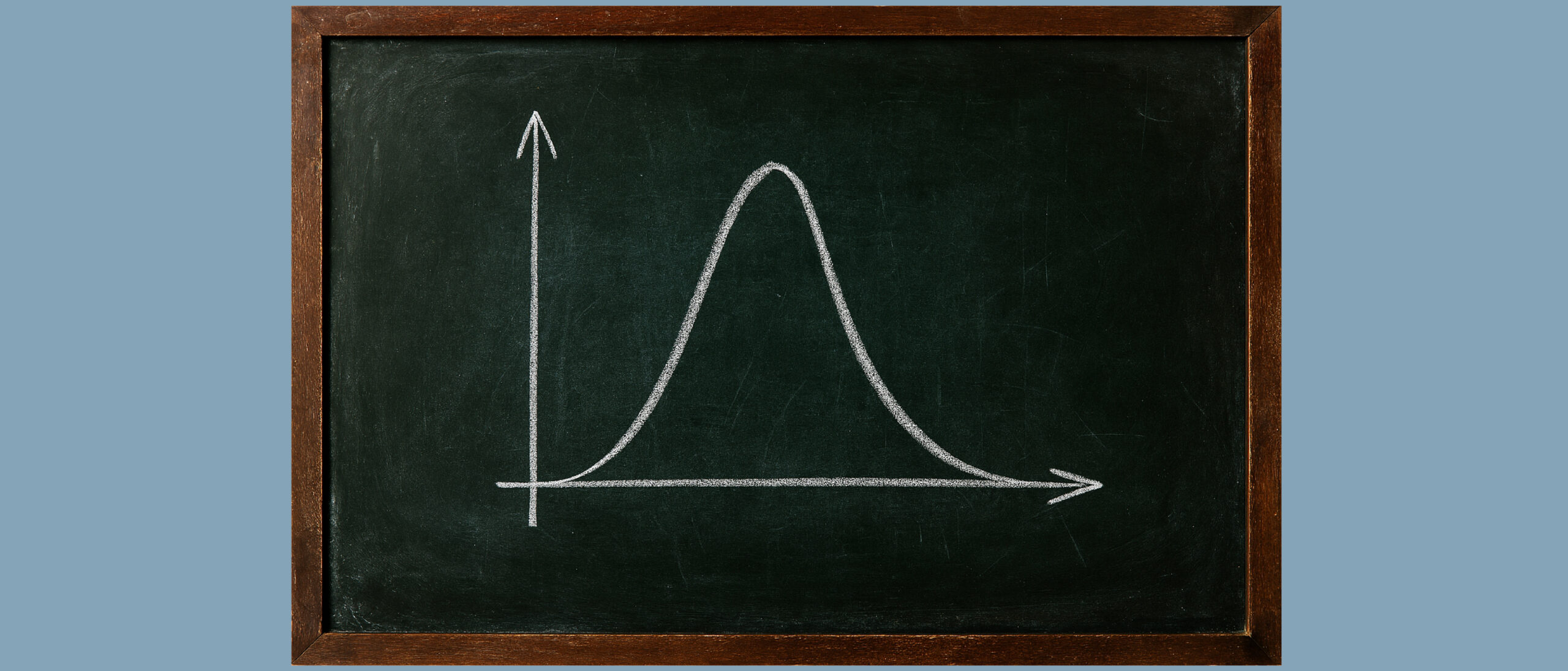Geochemical innovation for today’s explorers
In today’s hardscrabble upstream economy, meager analytical budgets are the rule even among E&P companies with a strong scientific focus. When only ‘necessary’ analyses are approved by cost-conscious management, geochemistry – especially advanced geochemical studies – is all too often glossed over as an unaffordable scientific luxury.
Good geochemical analysis can mean the difference between a dry hole and exploration success. (Source: StratoChem Services)
In a market where many companies only drill due to pre-existing obligations or forgo drilling entirely, this is an understandable mindset, but an unfortunate one. The proper application of basic geochemical analyses can save exploration teams millions of dollars and months of drilling time.
What makes geochemistry such an indispensable analytical tool for explorers feeling the pinch of the downturn? Inexpensive geochemical procedures can reveal play characteristics impossible to discover by other methods. Equally applicable in conventional and unconventional plays, geochemistry is a Swiss army knife of a science; its use is limited only by the creativity of the scientists involved.
The following techniques build simple analyses into highly affordable studies with the potential to stretch a tight science budget much farther.
One-Run Kinetics
Output histogram from one-run kinetics analysis, generated with ORFA software.
Source rock kinetics is not a new procedure; indeed, it has been used for decades. Traditional kinetics uses a thermal pyrolysis oven (such as a Rock-Eval or Source Rock Analyzer) to heat rock samples at three different heating rates. The results are used to determine variables in a kinetics equation which allows geochemists to extrapolate information about a play. Used properly, kinetics can delineate organofacies, pinpoint sweet spots, measure thermal maturity, and assess hydrocarbon generation from a given source rock.
Given its potential, one would think kinetics would be a standard procedure, yet it has failed to attain widespread popularity even among trained geochemists due to some inherent flaws. Heating a sample at three different rates can be prohibitively expensive and time-consuming, barely worth the amount of data generated. Worse, traditional kinetics is prone to inaccuracy – sometimes egregiously so. Even if performed correctly, the triple-temperature heating method can produce results that violate the laws of thermodynamics, making geoscientists rightly wary of using it – until, that is, Dr. Douglas Waples developed one-run kinetics.
Through careful study, Waples determined that if one of the variables in the kinetics equation was filled-in prior to analysis, it is possible to determine the rest of the variables by heating the samples at only one heating rate, cutting the time and cost of analysis significantly and eliminating the persistent inaccuracies in three-run kinetics. At the same time, one-run kinetics produces much more data at the same cost than three-run kinetics by significantly reducing analysis time, which in turn provides exploration teams with a much clearer sense of play dynamics with a greatly reduced price tag. One-run kinetics can also be determined from archival pyrolysis data, making the cost of further analysis unnecessary.
Reservoir Pyrolysis
Total organic carbon content and thermal pyrolysis (or ‘TOC/Rock-Eval’ in industry parlance) have long been the workhorses of geochemistry, easily and quickly determining source viability, hydrocarbon type, productivity, and depositional environment while giving a basic idea of thermal maturity.
Reservoir pyrolysis, performed inexpensively on a Rock-Eval or Source Rock Analyzer, can yield a wealth of information about your play. (Source: StratoChem Services)
Lately, thermal pyrolysis has been used to identify sweet spots in unconventional plays, addressing oil mobility by comparing light, thermally vaporized hydrocarbons to the heavier hydrocarbons in a pyrolysis run. By using the appropriate initial temperature, heating rates and hold times, multiple peaks representing the desired light, medium, and heavy fractions can be obtained for a given rock. Especially useful in shale plays, the heating parameters in pyrolysis runs can be customized to the individual exploration scenario.
Additional assessment can be obtained by running pyrolysis on samples prior to solvent-cleaning and subsequent to solvent treatment of the samples. Comparing the results before and after solvent treatment provides means for assessing the mobility of the hydrocarbons present in shale plays. A contamination baseline can also be applied to subsequent analyses should the samples be contaminated by oil-based mud. Moreover, reservoir pyrolysis allows quantifiable estimations of the gas-oil ratio, backing up or refuting estimations for greater accuracy.
A Window Into Your Play
Every oil carries its own chemical fingerprint, a unique set of components that distinguish it from all other oils. Using gas chromatography, it is possible to determine if two oils come from the same reservoir compartment or from two separate compartments. While gas chromatography has obvious applications in correlation studies, it has two additional uses with the potential to save production teams millions of dollars and months or even years of delays.
A series of color comparisons of oil “fingerprints” using Resolve software.
The causes of lost productivity can be hard to determine. When a well’s production drops, standard procedure calls for well injection, an operation with the potential to restore productivity in a field. But well injection comes with a serious potential drawback: if significant obstructions exist within a reservoir, productivity will not be restored. For years, this was seen as a necessary risk, albeit one with the potential for significant loss of time and money. But in a price climate where every drilling decision carries financial uncertainty, the risks become even more serious.
Few production teams realize that inexpensive gas chromatography can completely prevent such loss. Because gas chromatography investigates all the components of a given oil, the resulting chromatograms can be compared to the chromatograms of other wells to determine if they truly come from the same compartment. If any two wells show a greater than 10% difference, they are not in communication and well injection will not restore productivity.
Similarly, each productive zone in a given well has slight differences from those above and below it. Regular application of gas chromatography in a production allocation study allows exploration teams to be familiar with these differences, so that in case of a loss of well productivity it is possible to determine which zones have suffered a drop in output, making costly well-logging tools unnecessary. And with the advent of interpretive software, it has even become possible to automate chromatogram correlation, putting the power to perform production allocation and reservoir continuity directly in the hands of E&P companies.
A star chart comparison of different oils.
Hope in a Difficult Market
Even with the recent stabilization of oil prices, upstream companies face significant budgetary challenges from the current state of the industry. When a company’s hopes can hinge on a single well, E&P professionals need to leverage every possible advantage to ensure smooth, inexpensive, and lucrative operations. While the temptation to slash science budgets in favor of other expenditures can be strong, drilling with insufficient data can be a very costly gamble.
Geochemistry, far from being an unnecessary frill, might just be the hope your team needs to weather the current market.





